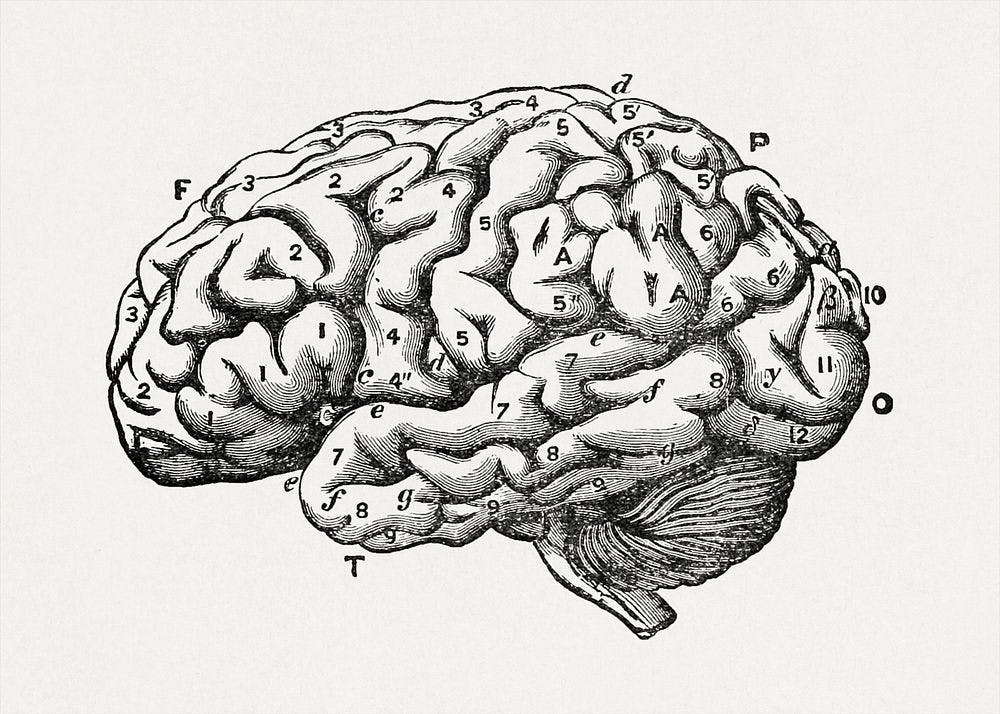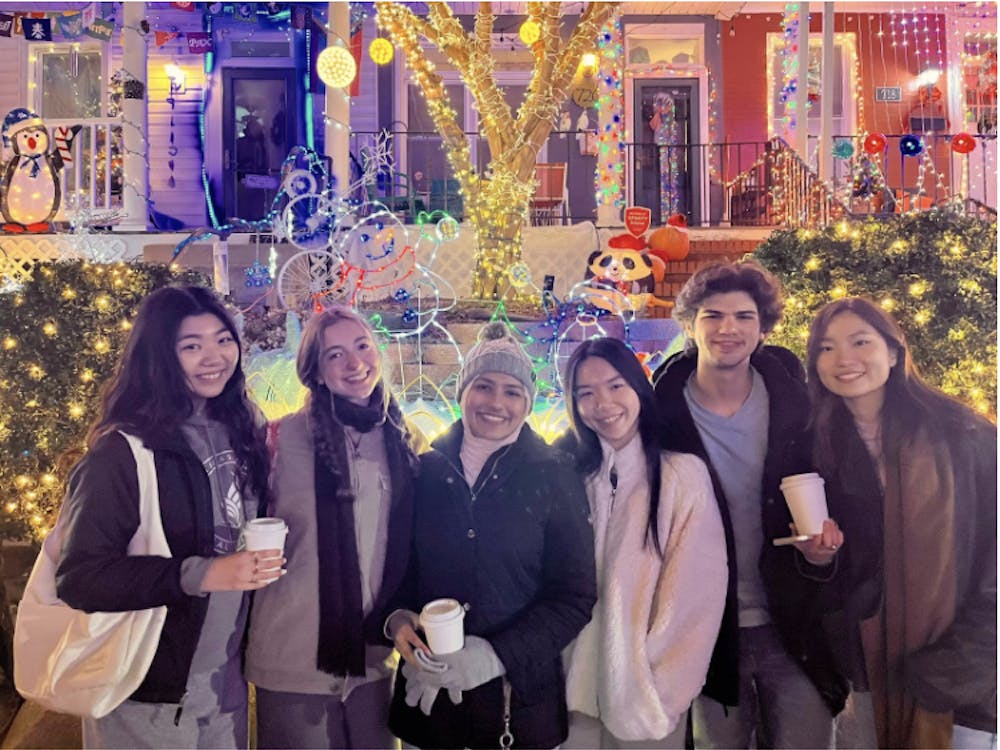On Tuesday, Sept. 30, Professor Hey-Kyoung Lee from the Department of Neuroscience at Hopkins presented her research as the speaker of the Ru Chih Huang Department of Biology Colloquium Series.
The seminar started with a tribute to Professor Ru Chih Huang, who recently retired after 60 years as a professor at Hopkins. Huang received a crystal vase celebrating her career and accomplishments. These included her groundbreaking work on the functions of chromosomal proteins, messenger RNA and RNA polymerase, anti-cancer compounds as well as being the first woman to receive a tenure-track position in the Natural Sciences at Hopkins. After these congratulations, Lee initiated her seminar, detailing her research and latest findings.
Lee’s research laboratory at Hopkins focuses on cross-modal plasticity, which refers to the ability of the brain to rewire itself when a sensory input (such as vision) is lost. Lee’s research is centered on one of the mechanisms by which cross-modal plasticity occurs, known as cross-modal recruitment, where the visual cortex is rewired to be used for other senses, as well as how synaptic plasticity leads to the creation and storage of memories.
"We thought maybe the potentiation of these inputs might underlie the phenomenon of cross-modal recruitment," Lee explained, describing how her team discovered that specific neural connections in the visual cortex strengthen to compensate for vision loss.
In order to understand these processes, Lee’s lab uses advanced techniques such as electrophysiology with strontium-mediated recordings to study single-vesicle secretion, transgenic mouse lines to label active neurons and two-photon calcium imaging to measure neuronal activity in real-time in a living organism. Dark exposure and enucleation, referring to the removal of eyes, were used as visual deprivation methods to differentiate between the effects of the absence of patterned visual input as opposed to the absence of all retinal signals. The team then analyzes this data to study changes in neuron activity, in cellular and molecular level.
However, tracking these changes has its challenges. The transgenic mouse lines they use have four-hour temporal integration windows, indicating that they can tell which neurons were active within four hours of activating the labelling system, but they cannot track which exact activity is getting trapped by this method. Additionally, the neuronal labelling expression is triggered by specific types of neuronal activity, causing them to miss potentially important but lower-frequency signals. To compensate for this, Lee’s team supplemented this labelling system with calcium imaging to track real-time activity post-vision loss.
Lee presented three major findings from her research. First, her team discovered rapid network reorganization in the visual cortex. The visual cortex consists of neurons assigned to different communities based on their correlation structures and roles, such as detecting the movement, color and shape of objects. This allows the researchers to track the change in community structure over a time period.
"After enucleation, about 5% of the neurons change their community assignment," Lee reported, compared to only 1-2% in control animals kept in darkness. This reorganization was tracked across 76 cells in the visual cortex and indicated that neuronal connections remain flexible well into adulthood.
Second, her team found selective strengthening of specific neural pathways. Seven days after the mice’s vision was lost, there was significant potentiation (neural connection strengthening) in connections from the long-range lateral neurons, which integrates complex multi-sensory inputs to produce an accurate spatial understanding, to the primary visual cortex. This specificity indicates that the brain strategically chooses which connections to reinforce when enacting cross-modal plasticity, implying that the visual cortex is attempting to incorporate inputs from other senses to compensate for the absence of visual input.
“We saw that there was this interesting potentiational strengthening of the synapses of these long-range lateral inputs… when the animals were deprived of vision,” Lee explained.
Third, Lee’s team studied patterned brain activity and discovered a partial rebound in neural activity in the visual cortex. Although organized neural firing almost decreases to zero directly after vision loss, it was shown to have a partial recovery over time, despite the lack of visual input.
"This suggests that when you enucleate the animal, the cortex is not getting silenced... spontaneous activity is actually increasing," Lee noted. This partial rebound shows that the visual cortex can be utilized even after vision is lost, possibly undertaking roles relating to non-visual processing.
These results elucidate an intricate sequence of events post-enucleation that manifests in cross-modal neuroplasticity. The brain reorganizes its neural communities in the visual networks post-enucleation and strengthens specific pathways to partially rehabilitate activity in the visual cortex, for processing non-visual inputs such as auditory or tactile information. This research could shed light on how blind individuals develop enhanced abilities in other senses, as well as influence rehabilitation strategies.
Moreover, Lee referenced Harvard studies showing that temporarily blindfolded adults learning Braille activated their visual cortex and learned more accurately than sighted controls, suggesting vision might actually prevent tactile learning and that mechanisms such as cross-modal plasticity aid in learning such skills.
“Somehow vision is impeding us from learning Braille… you would probably have to blindfold yourself when you’re training yourself to read Braille,” Lee pointed out when discussing the influence of visual input on Braille learning.
Lee's laboratory also investigated how the auditory cortex adapts when vision is lost through their collaborative work with colleague Patrick Kanold. Lee's research fundamentally challenges traditional views of brain plasticity, showing that the adult brain still has the flexibility required to reorganize itself in the face of sensory disablement.
“It’s almost like when you’re growing a plant… if you cut the stem, it will grow more branches,” she said. “A similar thing is happening in the brain as well. If you cut out the main input, then the brain somehow thinks ‘I have to go and do something to grab more activity,’ and that’s when the plasticity is triggered.”





